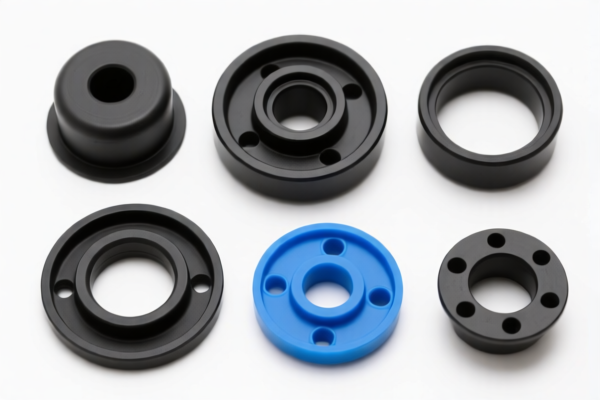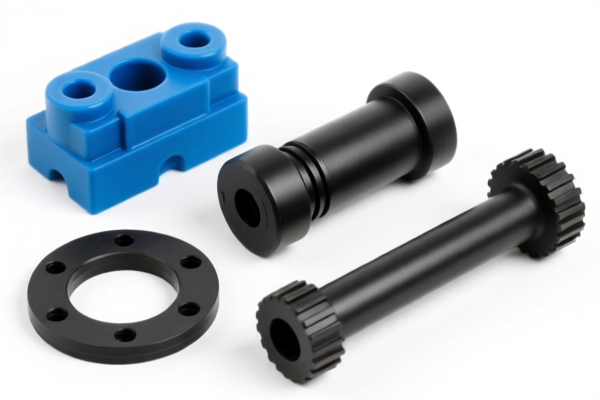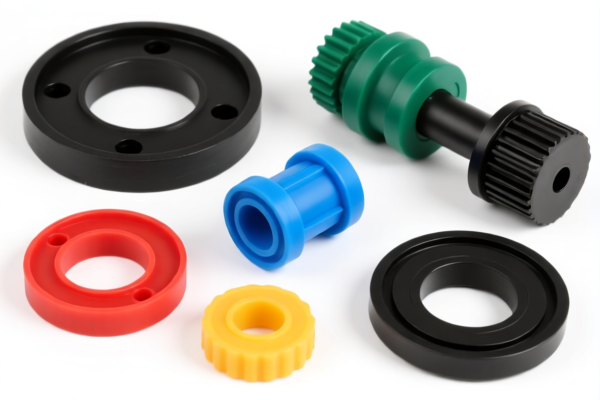| HS Code | Official Doc | Tariff Rate | Origin | Destination | Effective Date |
|---|---|---|---|---|---|
| 8708291500 | Doc | 2.5% <u></u>+55.0% | CN | US | 2025-05-12 |
| 8708291500 | Doc | 2.5% <u></u>+55.0% | CN | US | 2025-05-12 |
| 8707100020 | Doc | 57.5% | CN | US | 2025-05-12 |
| 8707905090 | Doc | 59.0% | CN | US | 2025-05-12 |
| 7003190000 | Doc | 56.3% | CN | US | 2025-05-12 |
| 7003300000 | Doc | 61.3% | CN | US | 2025-05-12 |
| 7006001000 | Doc | 63.8% | CN | US | 2025-05-12 |
| 7006004050 | Doc | 59.9% | CN | US | 2025-05-12 |
| 7016905000 | Doc | 60.0% | CN | US | 2025-05-12 |
| 7016901050 | Doc | 63.0% | CN | US | 2025-05-12 |
| 9701990000 | Doc | 37.5% | CN | US | 2025-05-12 |
| 4906000000 | Doc | 37.5% | CN | US | 2025-05-12 |
| 9703900000 | Doc | 37.5% | CN | US | 2025-05-12 |
| 9703100000 | Doc | 37.5% | CN | US | 2025-05-12 |




Car Body Kit
A car body kit is a collection of modified automotive parts that alter the aesthetic appearance of a vehicle. These kits typically include components that change the front and rear bumpers, side skirts, spoilers, and sometimes even fenders or hoods. They are primarily aftermarket additions, though some manufacturers offer factory-installed kits or performance-oriented styling packages.
Material
Body kits are constructed from a variety of materials, each with its own advantages and disadvantages:
- Fiberglass: Historically common due to its low cost and ease of shaping. It's relatively lightweight but can be brittle and prone to cracking. Requires professional installation and repair.
- Polyurethane (PU): More flexible and durable than fiberglass, offering better impact resistance. More expensive than fiberglass but easier to paint and repair. A popular choice for street use.
- Carbon Fiber: Extremely lightweight and strong, providing significant weight reduction and improved aerodynamics. The most expensive option, often used in high-performance applications and motorsports. Requires specialized repair techniques.
- ABS Plastic: A cost-effective option offering good impact resistance. Less expensive than polyurethane but can be more difficult to paint and less durable.
- Durable Composite Materials: Blends of different materials (like polypropylene and fiberglass) designed to balance cost, weight, and strength.
Purpose
The primary purpose of a body kit is aesthetic modification. However, body kits can also serve functional purposes:
- Improved Aerodynamics: Certain designs can reduce drag, increase downforce, and improve vehicle handling, particularly at higher speeds. This is more common in performance-focused kits.
- Weight Reduction: Kits made from carbon fiber or lighter materials can reduce the overall weight of the vehicle, improving acceleration and fuel efficiency.
- Customization: Body kits allow vehicle owners to personalize the appearance of their cars, creating a unique look.
Function
Body kits work by altering the airflow around the vehicle.
- Front Bumpers/Splitters: Direct airflow to reduce drag or create downforce.
- Side Skirts: Reduce airflow under the vehicle, improving aerodynamic efficiency.
- Rear Bumpers/Diffusers: Manage airflow exiting from under the vehicle, reducing drag and increasing downforce.
- Spoilers/Wings: Generate downforce at higher speeds, improving stability and handling.
Usage Scenarios
- Street Use: Most body kits are designed for cosmetic enhancement and are used on vehicles driven on public roads.
- Track/Racing: Performance-oriented kits are used in motorsports to improve aerodynamics and handling.
- Show Cars: Body kits are often used to create visually striking vehicles for car shows and exhibitions.
- Restoration/Modification: Used to update the appearance of older vehicles or to customize newer models.
Common Types
- Full Body Kits: Include front and rear bumpers, side skirts, and sometimes spoilers or wings.
- Front Lip Kits: Modify only the front bumper, adding a lower lip spoiler.
- Rear Add-ons: Include rear diffusers, spoilers, or wings.
- Side Skirt Sets: Modify only the side skirts.
- Widebody Kits: Significantly alter the vehicle's width, adding wider fenders and other components. Often used for performance applications.
- OEM Style Kits: Designed to replicate the appearance of factory-installed body kits from specific vehicle models.
- Custom/Aftermarket Kits: Unique designs not found on factory vehicles.
Car body kits typically consist of parts and accessories for motor vehicles, designed to modify the exterior appearance and potentially the performance of a vehicle. These kits can include components like bumpers, side skirts, spoilers, and other body panels.
The following HS codes from the provided reference material may be relevant:
- 8708291500: Parts and accessories of the motor vehicles of headings 8701 to 8705: Other parts and accessories of bodies (including cabs): Other: Safety seat belts. While this code specifically lists safety seat belts, it falls under the broader category of parts and accessories for vehicle bodies. It has a basic tariff of 2.5%, a surcharge of 25.0%, and a surcharge of 30.0% after April 2, 2025, resulting in a total tariff of 2.5% + 55.0%.
- 8707100020: Bodies (including cabs), for the motor vehicles of headings 8701 to 8705: For vehicles of heading 8703 For passenger automobiles. This code applies to bodies for passenger automobiles and has a basic tariff of 2.5%, a surcharge of 25.0%, and a surcharge of 30.0% after April 2, 2025, resulting in a total tariff of 57.5%. If the car body kit constitutes a complete body or cab assembly, this code may be applicable.
- 8707905090: Bodies (including cabs), for the motor vehicles of headings 8701 to 8705: Other: Other For other vehicles. This code covers bodies for other vehicles and has a basic tariff of 4.0%, a surcharge of 25.0%, and a surcharge of 30.0% after April 2, 2025, resulting in a total tariff of 59.0%. This code may be relevant if the kit is for vehicles other than passenger automobiles.
It is important to determine whether the car body kit is considered a complete body assembly (potentially falling under 8707100020 or 8707905090) or a collection of individual parts and accessories (potentially falling under 8708291500).
Please note that the total tariff rates are subject to change after April 2, 2025, as indicated in the reference material.
Customer Reviews
No reviews yet.